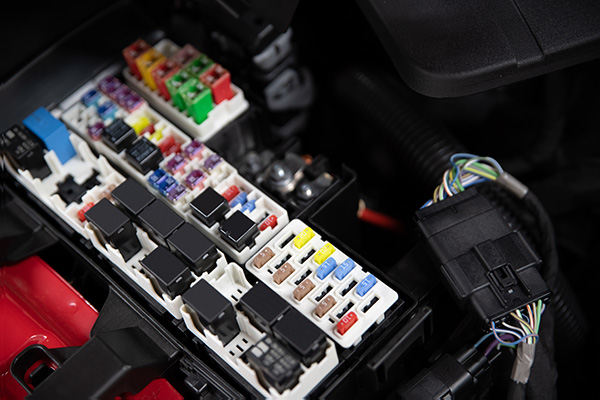
When you turn on your car, switch on the headlights, or adjust the air conditioning, a whole series of electrical processes springs into action. But what ensures that your car’s electrical components operate correctly without overheating or shorting out? That’s where car fuses and relays come in. Understanding these components can help you appreciate how your car’s electrical system stays functional and protected.
What Are Car Fuses
Car fuses act as the protectors of your vehicle’s electrical circuits. Think of them as safety gates. Whenever a circuit experiences a surge in electrical current—whether from a short circuit or a malfunction—fuses "blow," cutting off the flow of electricity to prevent damage.
Fuses come in various shapes, sizes, and ratings, each designed to handle a specific amount of electrical current. You might find blade fuses, mini fuses, or even glass tube fuses, depending on your vehicle’s make and model. When a fuse blows, it’s a sign that something in the circuit isn’t working correctly. Replacing the fuse is a temporary fix, but identifying and addressing the root cause is critical.
How Do Car Relays Work
Relays, on the other hand, are like the power managers of your car’s electrical system. These small, box-like components act as switches, controlling the flow of electricity to larger devices like headlights, fans, or fuel pumps. Relays enable high-current components to operate without requiring the switch inside your car to handle all that current directly.
Here’s how it works: when you flip a switch or press a button, a small electrical signal activates the relay. The relay then sends power from the battery to the appropriate component. This design not only prevents overloading smaller switches but also ensures that your vehicle’s electrical system operates efficiently.
Signs of a Faulty Fuse or Relay
When a fuse or relay fails, it’s often easy to spot—your car might exhibit noticeable symptoms. Here’s what to watch out for:
- Non-Functional Electrical Components: If your headlights won’t turn on or your power windows stop working, a blown fuse could be the culprit.
- Intermittent Operation: A relay going bad might cause certain components to work inconsistently, such as fans turning on and off randomly.
- Burnt Smell or Scorch Marks: These are clear indicators of electrical overload, often pointing to a fuse or relay issue.
Why Are Fuses and Relays Important
Fuses and relays are important beyond keeping your car’s gadgets working. They play a vital role in safety and efficiency. Without fuses, electrical surges could damage expensive components like the alternator or wiring harness. Relays, on the other hand, ensure that high-power devices function reliably without overheating or putting undue strain on smaller switches.
Regular maintenance and inspections can help ensure that your car’s fuses and relays remain in good condition. Checking your vehicle’s manual for the fuse box diagram and understanding what each fuse and relay controls can also help you troubleshoot issues more efficiently.
When to Seek Professional Help
While replacing a fuse or relay might seem simple, there are times when professional assistance is the best option. If you’re dealing with recurring electrical issues or can’t locate the problem’s source, it’s wise to consult an expert.
Here in Gilbert, AZ, extreme temperatures can affect your car’s electrical system, making routine inspections even more crucial. Our trusted repair shop can not only replace faulty fuses and relays but also diagnose underlying problems that might be causing them to fail.
Is your car acting up due to electrical problems? Trust the professionals at Spectrum Car Care in Gilbert, AZ, for thorough inspections and repairs. Call us today to book your visit and keep your car’s electrical system in great shape!